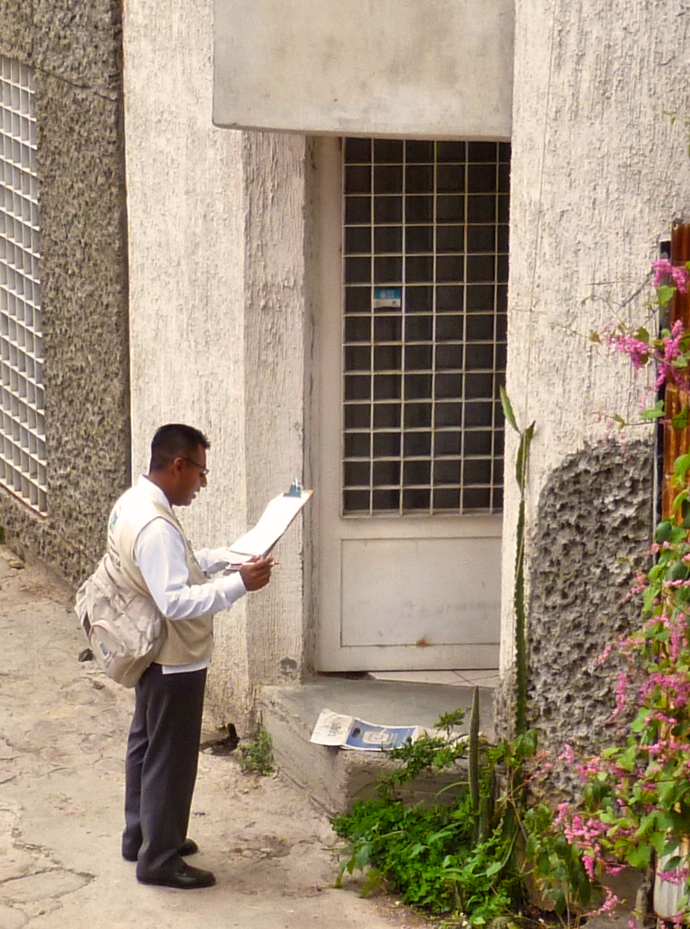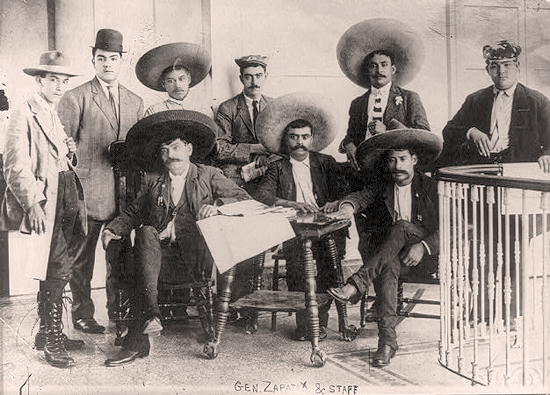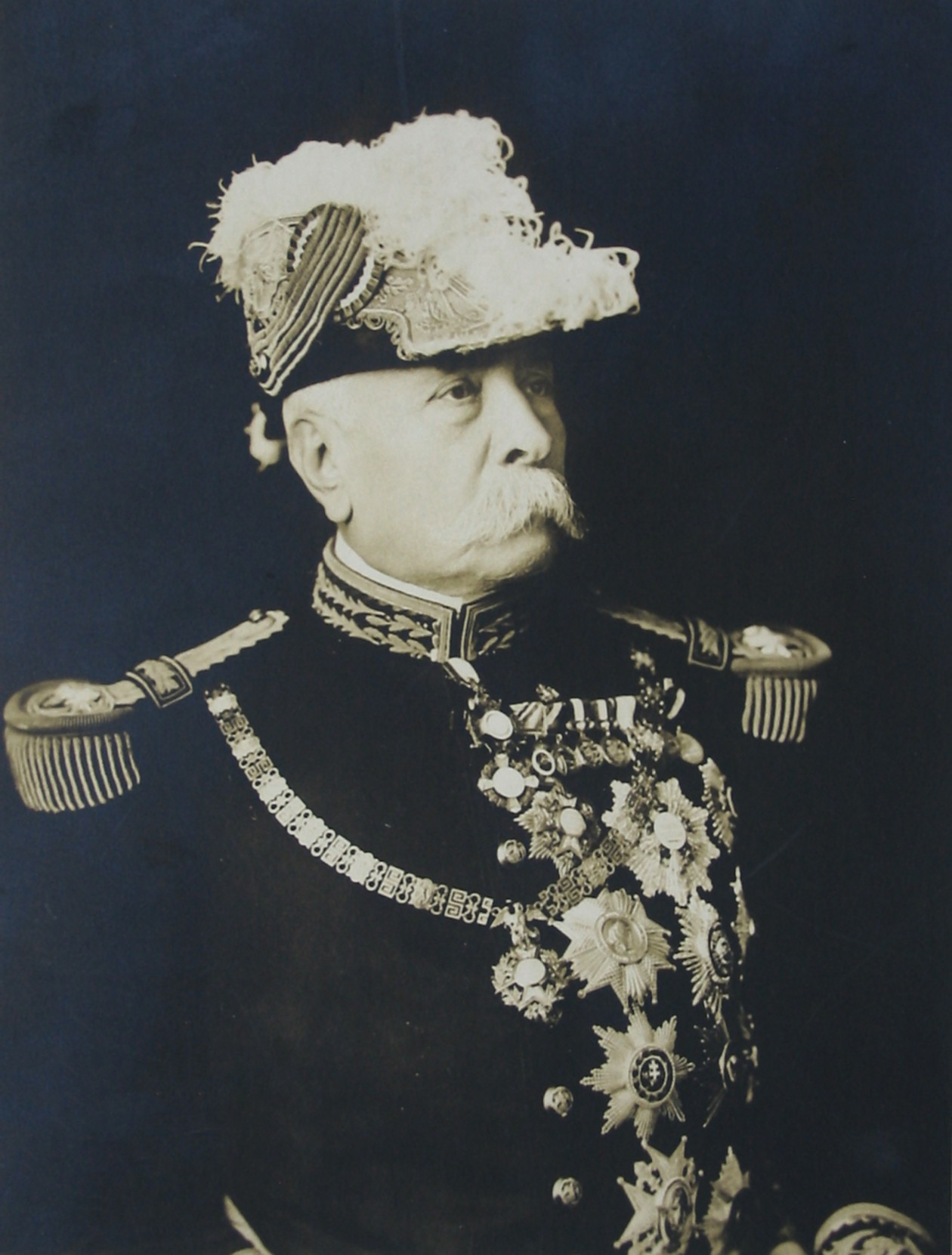|
Tenango Del Valle
The municipality of Tenango del Valle is located in the southern portion of the Valley of Toluca in Mexico State, about 72 km southwest of Mexico City and 25 km south of Toluca. The municipal seat is the city of Tenango de Arista. While the seat is officially named Tenango de Arista, it is more commonly referred to as Tenango del Valle, as this was the original name of the town. Tenango del Valle is best known as the site of the Teotenango archeological site, which was a walled city inhabited from about 900 C.E. to 1550 C.E. History of the town and municipality The name "Tenango" shows the modern town's relationship with the nearby ruins of Teotenango. This site, when it was occupied, was called Tenango (or "place of the wall"). When the indigenous people were moved from this city to the valley floor below, the new village was also called Tenango. "Del Valle" (of the valley) was eventually added to distinguish the new village from the old city. Over time, the abandone ... [...More Info...] [...Related Items...] OR: [Wikipedia] [Google] [Baidu] |
States Of Mexico
A Mexican State (), officially the Free and Sovereign State (), is a constituent Federated state, federative Polity, entity of Mexico according to the Constitution of Mexico. Currently there are 31 states, each with its own constitution, State governments of Mexico, government, Lists of Mexican state governors, state governor, and List of Mexican state congresses, state congress. In the hierarchy of Administrative divisions of Mexico, Mexican administrative divisions, states are further divided into municipalities of Mexico, municipalities. Currently there are 2,462 municipalities in Mexico. Although not formally a state, political reforms have enabled Mexico City (), the capital city of the Mexico, United Mexican States to have a federative entity status equivalent to that of the states since January 29, 2016. Current Mexican governmental publications usually lists 32 federative entities (31 states and Mexico City), and 2,478 municipalities (including the 16 boroughs of Mexico ... [...More Info...] [...Related Items...] OR: [Wikipedia] [Google] [Baidu] |
Traditional Fixed Markets In Mexico
Traditional fixed markets in Mexico are multiple-vendor markets permanently housed in a fixed location. They go by a variety of names such as "mercados públicos" (public markets), "mercados municipales" (municipal markets) or even more often simply "mercados" (markets). These markets are distinct from others in that they are almost always housed in buildings owned and operated by the local government, with numerous stands inside rented by individual merchants, who usually sell, produce and other basic food staples. This market developed in Mexico as a way to regulate pre-Hispanic markets called ''tianguis''. These tianguis markets remain in Mexico, with the most traditional held on certain days, put up and taken down the same day, much the way it was done in Mesoamerica. The fixed mercados can be found in any town of any size in Mexico. Often, they are accompanied one or more days per week by tianguis, which set up around the main building. However, the largest, best developed and ... [...More Info...] [...Related Items...] OR: [Wikipedia] [Google] [Baidu] |
Neoclassical Architecture
Neoclassical architecture, sometimes referred to as Classical Revival architecture, is an architectural style produced by the Neoclassicism, Neoclassical movement that began in the mid-18th century in Italy, France and Germany. It became one of the most prominent architectural styles in the Western world. The prevailing styles of architecture in most of Europe for the previous two centuries, Renaissance architecture and Baroque architecture, already represented partial revivals of the Classical architecture of Roman architecture, ancient Rome and ancient Greek architecture, but the Neoclassical movement aimed to strip away the excesses of Late Baroque and return to a purer, more complete, and more authentic classical style, adapted to modern purposes. The development of archaeology and published accurate records of surviving classical buildings was crucial in the emergence of Neoclassical architecture. In many countries, there was an initial wave essentially drawing on Roman archi ... [...More Info...] [...Related Items...] OR: [Wikipedia] [Google] [Baidu] |
Baroque Architecture
Baroque architecture is a highly decorative and theatrical style which appeared in Italy in the late 16th century and gradually spread across Europe. It was originally introduced by the Catholic Church, particularly by the Jesuits, as a means to combat the Reformation and the Protestantism, Protestant church with a new architecture that inspired surprise and awe. It reached its peak in the High Baroque (1625–1675), when it was used in churches and palaces in Italy, Spain, Portugal, France, Bavaria and Austria. In the Late Baroque period (1675–1750), it reached as far as Russia, the Ottoman Baroque architecture, Ottoman Empire and the Spanish colonization of the Americas, Spanish and Portuguese colonization of the Americas, Portuguese colonies in Latin America. In about 1730, an even more elaborately decorative variant called Rococo appeared and flourished in Central Europe. Baroque architects took the basic elements of Renaissance architecture, including domes and colonnades, ... [...More Info...] [...Related Items...] OR: [Wikipedia] [Google] [Baidu] |
Assumption Of Mary
The Assumption of Mary is one of the four Catholic Mariology#Dogmatic teachings, Marian dogmas of the Catholic Church. Pope Pius XII defined it on 1 November 1950 in his apostolic constitution as follows: It leaves open the question of whether Mary died or whether she was raised to Eternal life (Christianity), eternal life without bodily death. The equivalent belief in the Eastern Christianity is the Dormition of the Mother of God or the "Falling Asleep of the Mother of God". The word 'assumption' derives from the Latin word , meaning 'taking up'. Pope Pius XII expressed in his encyclical ''Munificentissimus Deus'' the hope that the belief in the bodily assumption of the virgin Mary into heaven "will make our belief in our own resurrection stronger and render it more effective", while the Catechism of the Catholic Church adds: "The Assumption of the Blessed Virgin is a singular participation in her Son's Resurrection and an anticipation of the resurrection of other Chri ... [...More Info...] [...Related Items...] OR: [Wikipedia] [Google] [Baidu] |
Art Nouveau
Art Nouveau ( ; ; ), Jugendstil and Sezessionstil in German, is an international style of art, architecture, and applied art, especially the decorative arts. It was often inspired by natural forms such as the sinuous curves of plants and flowers. Other characteristics of Art Nouveau were a sense of dynamism and movement, often given by asymmetry or whiplash lines, and the use of modern materials, particularly iron, glass, ceramics and later concrete, to create unusual forms and larger open spaces.Sembach, Klaus-Jürgen, ''L'Art Nouveau'' (2013), pp. 8–30 It was popular between 1890 and 1910 during the Belle Époque period, and was a reaction against the academicism, eclecticism and historicism of 19th century architecture and decorative art. One major objective of Art Nouveau was to break down the traditional distinction between fine arts (especially painting and sculpture) and applied arts. It was most widely used in interior design, graphic arts, furniture, glass ... [...More Info...] [...Related Items...] OR: [Wikipedia] [Google] [Baidu] |
INEGI
The National Institute of Statistics and Geography (INEGI from its former name in ) is an autonomous agency of the Government of Mexico, Mexican Government dedicated to coordinate the National System of Statistical and Geographical Information of the country. It was created on January 25, 1983, by presidential decree of Miguel de la Madrid. It is the institution responsible for conducting the Censo General de Población y Vivienda every ten years; as well as the Censo Económico, economic census every five years and the agricultural, livestock and forestry census of the country. The job of gathering statistical information of the Institute includes the monthly gross domestic product, consumer trust surveys and proportion of commercial samples; employment and occupation statistics, domestic and couple violence; as well as many other jobs that are the basis of studies and projections to other governmental institutions. The Institute headquarters are in the Aguascalientes, Aguasc ... [...More Info...] [...Related Items...] OR: [Wikipedia] [Google] [Baidu] |
Liberation Army Of The South
The Liberation Army of the South (, ELS) was a guerrilla force led for most of its existence by Emiliano Zapata that took part in the Mexican Revolution from 1911 to 1920. During that time, the Zapatistas fought against the national governments of Porfirio Díaz, Francisco Madero, Victoriano Huerta, and Venustiano Carranza. Their goal was rural land reform, specifically reclaiming communal lands stolen by hacendados in the period before the revolution. Although rarely active outside their base in Morelos, they allied with Pancho Villa to support the Conventionists against the Carrancistas. After Villa's defeat, the Zapatistas remained in open rebellion. It was only after Zapata's 1919 assassination and the overthrow of the Carranza government that Zapata's successor, Gildardo Magaña, negotiated peace with President Álvaro Obregón. Background The Zapatistas were formed in Morelos, a small and densely populated state with a largely agricultural economy. Most inhabitants ... [...More Info...] [...Related Items...] OR: [Wikipedia] [Google] [Baidu] |
Mexican Revolution
The Mexican Revolution () was an extended sequence of armed regional conflicts in Mexico from 20 November 1910 to 1 December 1920. It has been called "the defining event of modern Mexican history". It saw the destruction of the Federal Army, its replacement by a Liberation Army of the South, revolutionary army, and the transformation of Mexican culture and Federal government of Mexico, government. The northern Constitutionalists in the Mexican Revolution, Constitutionalist faction prevailed on the battlefield and drafted the present-day Constitution of Mexico, which aimed to create a strong central government. Revolutionary generals held power from 1920 to 1940. The revolutionary conflict was primarily a civil war, but foreign powers, having important economic and strategic interests in Mexico, figured in the outcome of Mexico's power struggles; United States involvement in the Mexican Revolution, the U.S. involvement was particularly high. The conflict led to the deaths of around ... [...More Info...] [...Related Items...] OR: [Wikipedia] [Google] [Baidu] |
Mariano Arista
José Mariano Martín Buenaventura Ignacio Nepomuceno García de Arista Nuez (26 July 1802 – 7 August 1855) was a Mexican soldier and politician who also became president of Mexico. He was in command of the Mexican forces at the opening battles of the Mexican American War: the Battle of Palo Alto and the Battle of Resaca de la Palma, which were disastrous losses for Mexico and resulted in Arista being court martialled though eventually acquitted. He continued to play a notable role in government and was Minister of War under President Jose Joaquin Herrera. Arista himself would succeed Herrera as president and his inauguration would mark the first peaceful transfer of power in Mexico since 1824. The Herrera and Arista administrations occurring immediately after the end of the Mexican American War were eras of stability, moderate rule, and economic growth. Writing in 1920, Mexican historian Francisco Bulnes rated Arista as the greatest of Mexico's presidents. Arista, however ... [...More Info...] [...Related Items...] OR: [Wikipedia] [Google] [Baidu] |
Ignacio López Rayón
Ignacio López Rayón (July 31, 1773 – February 2, 1832) was a general who led the insurgent forces of his country after Miguel Hidalgo's death, during the first years of the Mexican War of Independence. He subsequently established the first government, Zitacuaro Council, and first constitution of the proposed independent nation, called Constitutional Elements. First years López Rayón was born in Tlalpujahua, Intendancy of Valladolid, the first son of Andrés Mariano López-Rayón Piña (1742–1805) and María Josefa Rafaela López-Aguado y López-Bolaños (1754–1822). He went to the Colegio de San Nicolás in Valladolid (today's Morelia) and in Mexico City's Colegio de San Ildefonso where he became a lawyer in 1796. He lived in Mexico City but when his father got sick he had to go back to Morelia to take control of the family business (agriculture and mining) and the post office in the town. In August 1810 he married María Ana Martínez de Rulfo. Mexican War ... [...More Info...] [...Related Items...] OR: [Wikipedia] [Google] [Baidu] |






